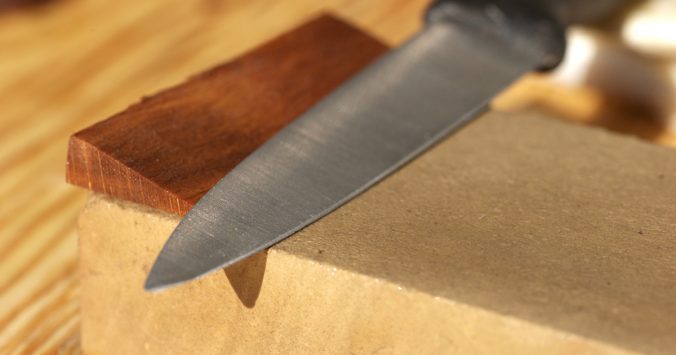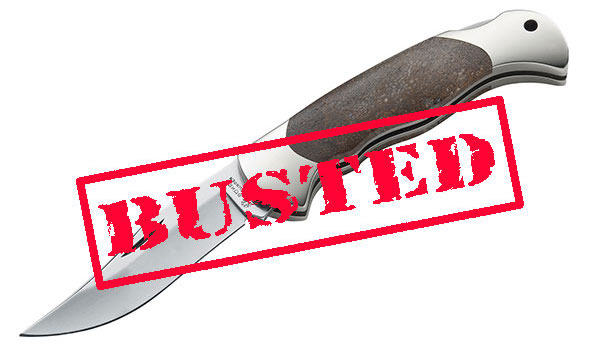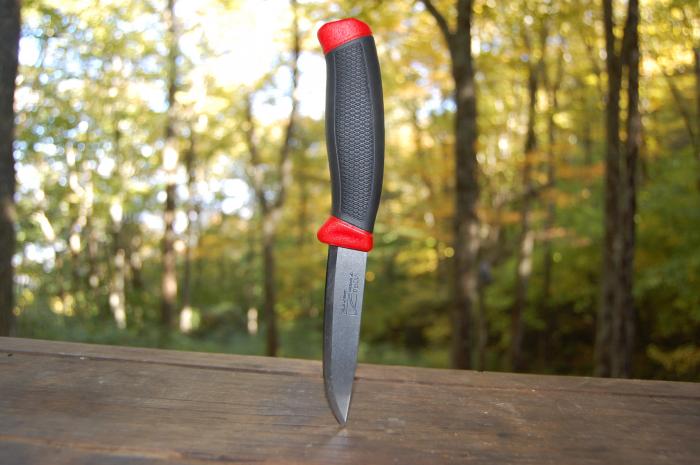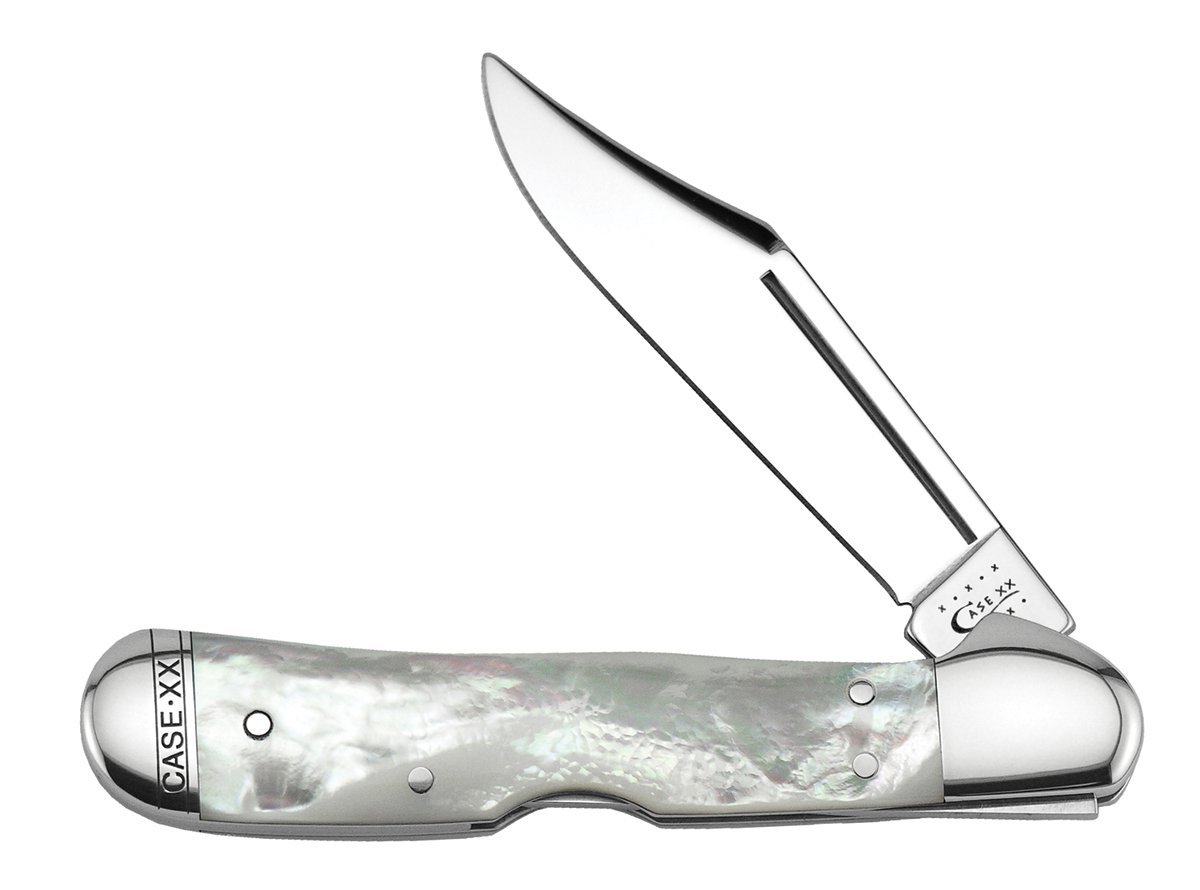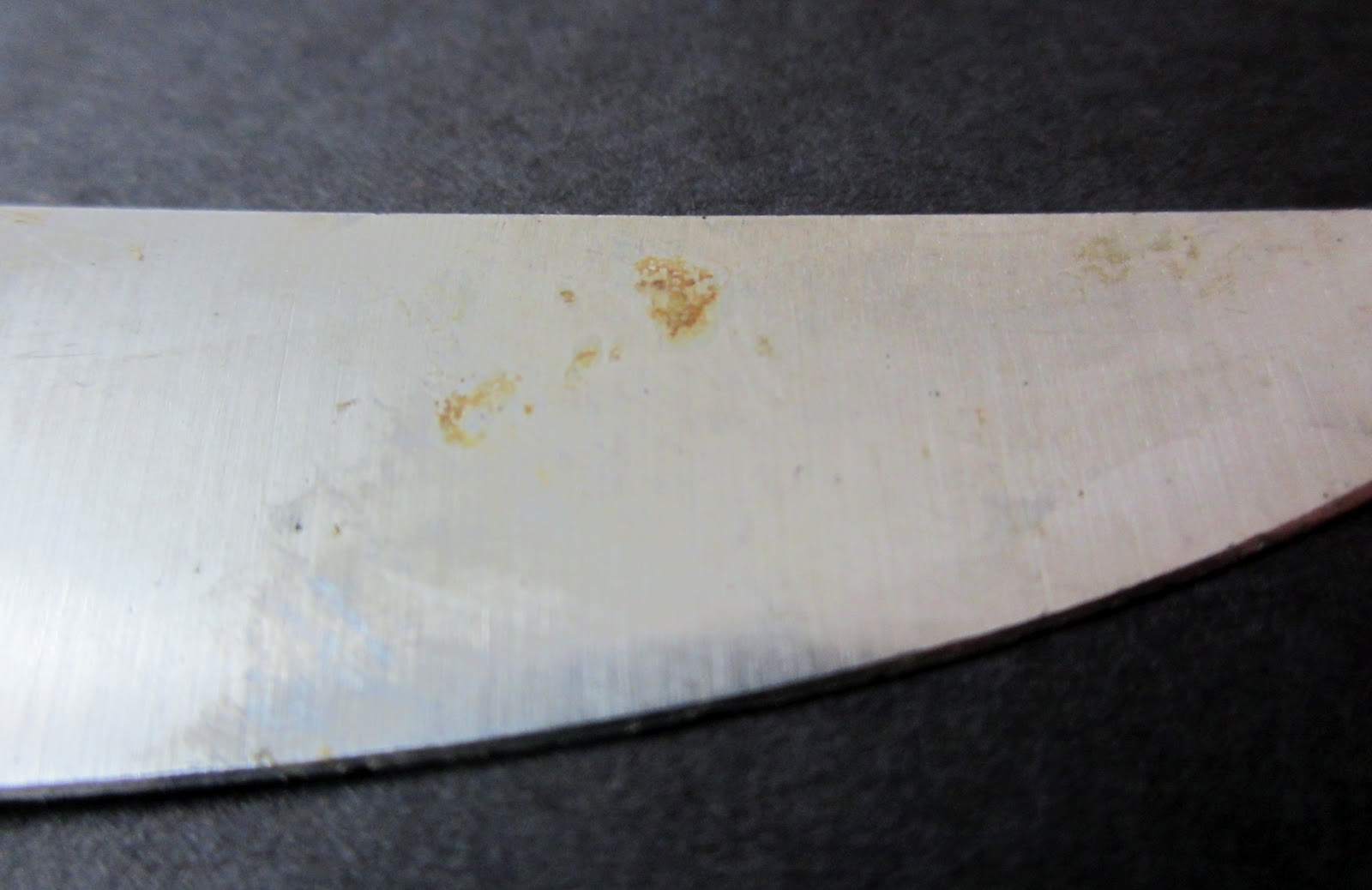Since the 1950s, switchblades — sometimes known as automatic knives — have been demonized as the preferred weapon of criminals. All these years later, most people have the ability to understand that switchblades are no bigger threat than any other tool.
Unfortunately, there remains a common misconception about the legality of switchblades. Most people think that owning and carrying a switchblade is illegal. We’re here to bust the myth.
What the Switchblade Act Actually Says
The Federal Switchblade Act was passed in 1958 after films like Rebel Without a Cause and Crime in the Streets glorified switchblade use among gangs. I dove much deeper into the early switchblades and why they were banned in my article Why Switchblades Should Be Legal, but it boils down to unnecessary panic.
Congress used its power to regulate commerce through the Commerce Clause of the Constitution to limit the sales of switchblades.
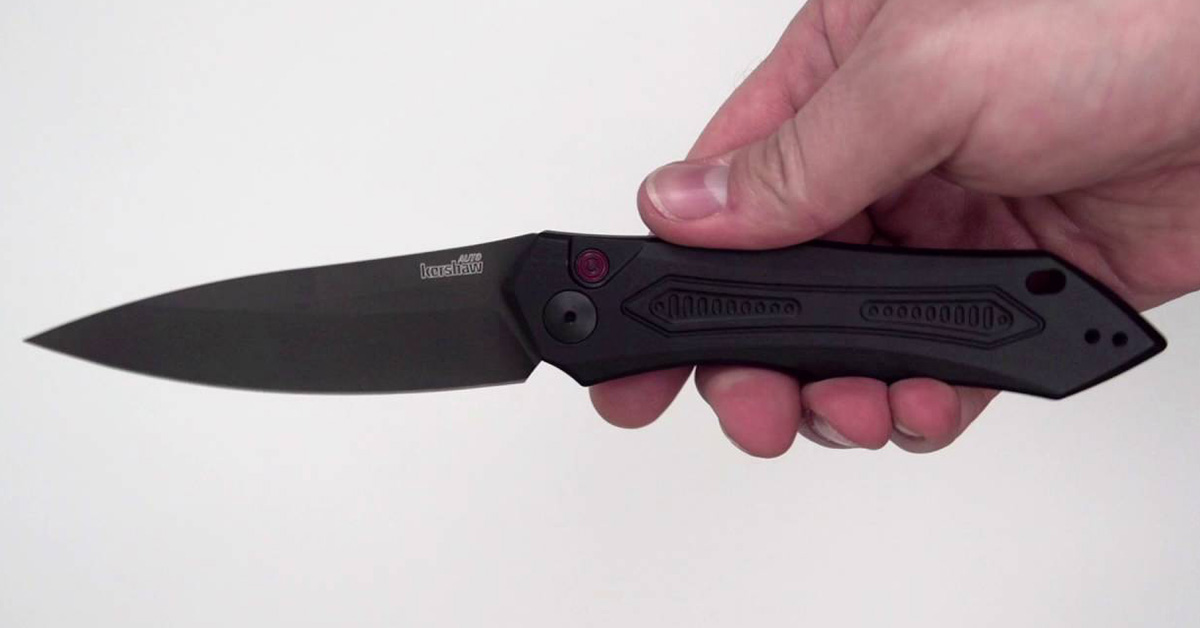
Kershaw Launch 6 Automatic Folder
Here are the two pertinent sections:
§ 1242. Introduction, manufacture for introduction, transportation or distribution in interstate commerce; penalty
Whoever knowingly introduces, or manufactures for introduction, into interstate commerce, or transports or distributes in interstate commerce, any switchblade knife, shall be fined not more than $2,000 or imprisoned not more than five years, or both.
and
§ 1243. Manufacture, sale, or possession within specific jurisdictions; penalty
Whoever, within any Territory or possession of the United States, within Indian country (as defined in section 1151 of title 18), or within the special maritime and territorial jurisdiction of the United States (as defined in section 7 of title 18), manufactures, sells, or possesses any switchblade knife, shall be fined not more than $2,000 or imprisoned not more than five years, or both.
Knife Rights does an excellent job going through the whole act with notes, but here’s a basic breakdown.

